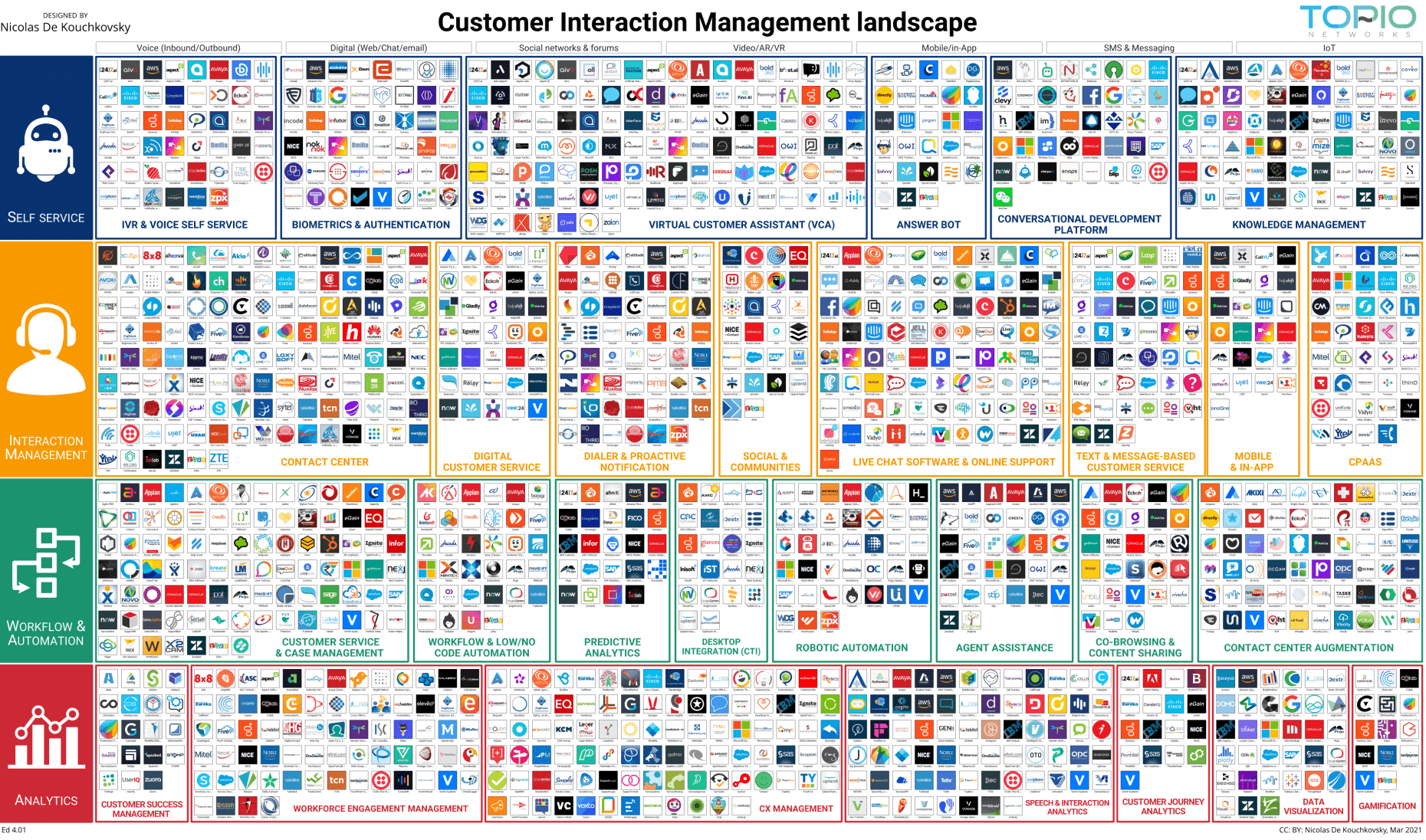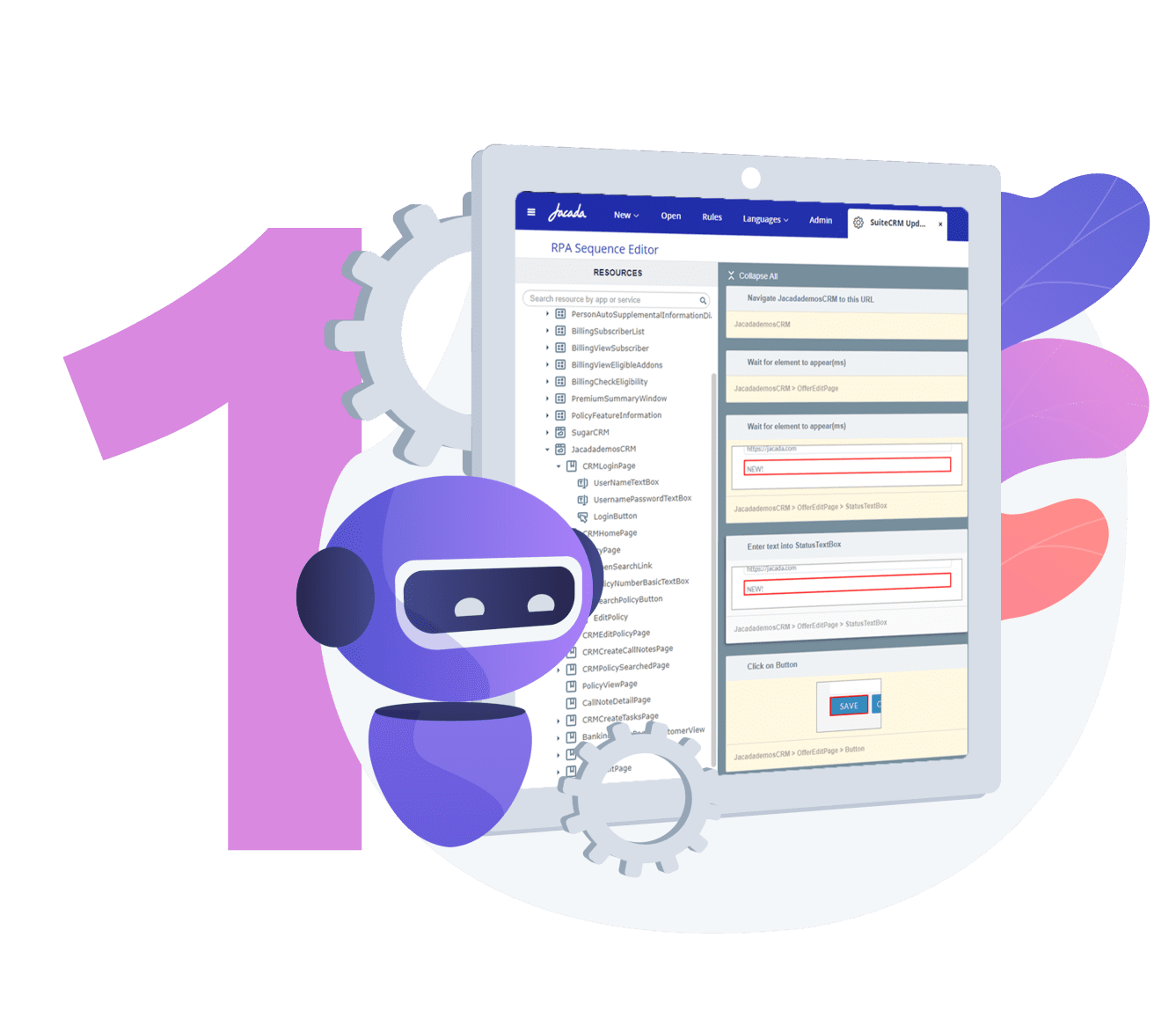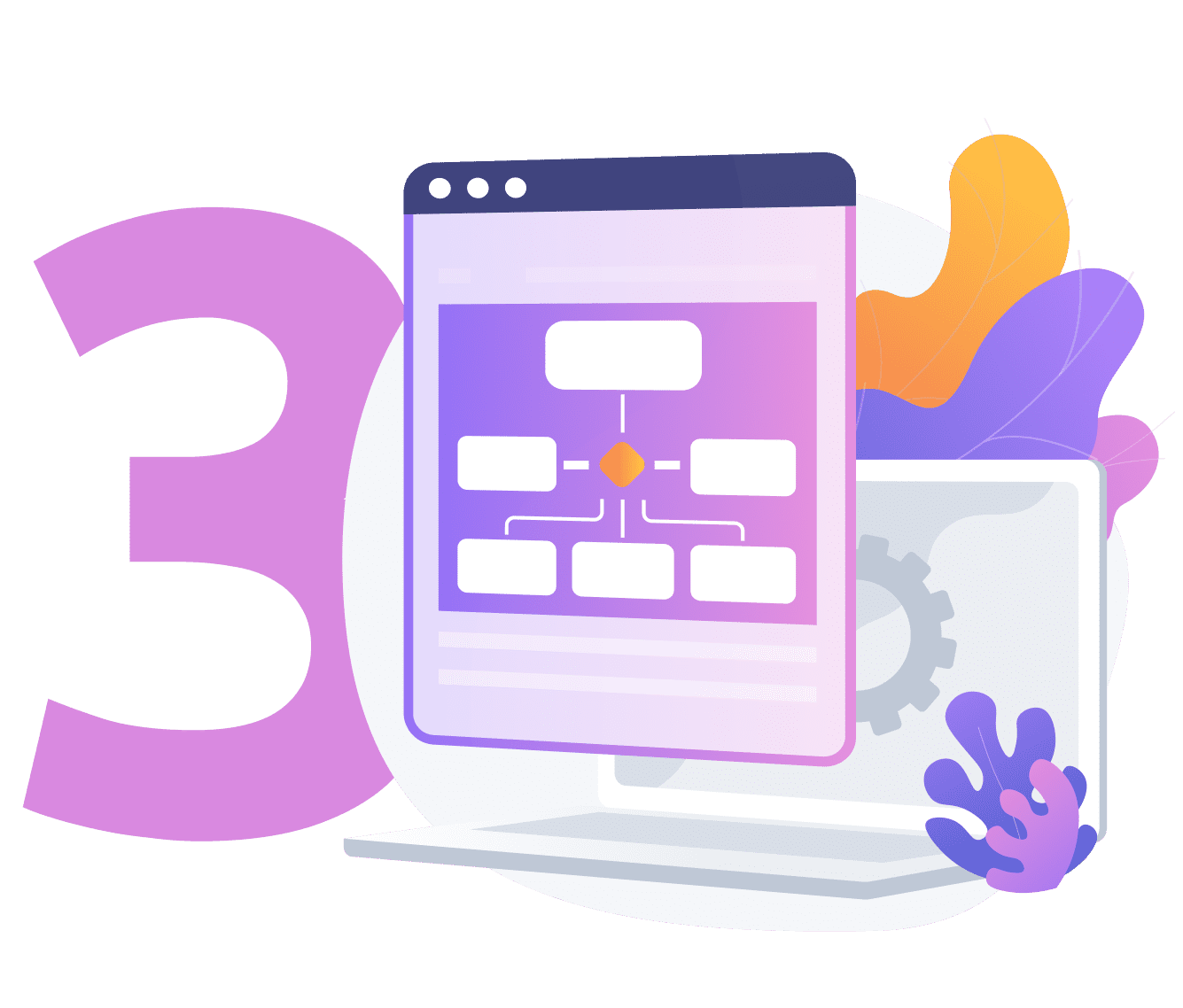 On July 27, 2021, Uniphore and Jacada signed a definitive agreement according to which the two teams will become one.
On July 27, 2021, Uniphore and Jacada signed a definitive agreement according to which the two teams will become one.
We are poised to democratize AI and automation, so citizen developers can collaborate with developers and data scientists to make the world of CX better for everyone, with clicks not code. We look forward to taking you on this journey with us as we innovate customer experience at record speed. Read on to learn what this exciting development means for the industry—and for your organization.
Why Is It Hard to Deliver Great CX Today?
Almost everyone recognizes the importance of customer experience. However, even in 2021, effortless customer experience remains an illusive goal. In fact, only 12% of businesses score highly on the NPS scale.
With the promises of how AI and RPA can help deliver a great customer experience, you’d think that those adopting AI and robotic automation would be more successful in winning the hearts and minds of their customers. This is not the case, at least when we look at the NPS scale, according to NTT’s global customer experience benchmark.
| 2020 Global Customer Experience Benchmark
When contact center leaders are asked what prevents them from running their dream contact center operation, they cite the same reasons year after year: lack of technology integration and lack of budget.
Below is a snapshot of the customer experience tech stack as it becomes richer and more diverse each year. How on earth could one organization have enough budget to integrate these technologies for an effortless customer experience?

How to Innovate Your Customer Experience Using Advanced AI and Low Code Automation

#1 Design Experiments Using AI and Low Code Automation
Whether you want to automate your customer experience or streamline your employee experience, designing an experimentation and execution strategy is a critical first step. There are three challenges that impede rapid experimentation.
First, most experiences are built in silos today. Channel specific teams use channel specific tools to develop experiences that are channel specific, and then strive very hard to integrate disconnected experiences and journeys for customers and employees. The voice experience is built by one team using certain tools. The web experience is built by another using different tools. The employee experience is, in many cases, not exactly built for purpose, but accumulated over time like layers at an archaeological site. Not surprisingly, this results in an expensive and inefficient operation that does not scale effectively.
Begin with a no code multiexperience designer that simplifies the effort involved in creating experiences for different channels, modalities and audiences.
Second, integrations to back-end systems are also built and maintained in silos, though this is rapidly changing across the enterprise. We have seen time and time again how lack of rapid and robust integration can hamper an organization's efforts.
Look for low code hyperautomation tools that enable you and your team to design a new experience that integrates to your back-end systems and your channels of engagement in weeks, not months.
Lastly, many low code tools, do not leverage optimized and customizable AI models to quickly automate a wide variety of use cases that matter to you. Without machine learning, these tools will be limited in their ability to help you transform your customer experience.
So, ask for the AI quotient in your tech stack before you set out to innovate your customer experience.

#2 Measure the Impact on KPIs in Real-time
Hypothesize on ways in which you can improve your KPIs. Test your hypotheses in production using the experiments you have designed. Each experience rolls out with A/B variants. Report on the KPIs for each of those variants. Roll out the best variant at scale, and amaze your customers and employees.
Sound easy? It is, when your low code toolkit is also integrated with advanced analytics that track user adoption of the new experiences you roll out. With drag-and-drop tools to design your data model and custom dashboards, your citizen developers and data analysts can help you run experiments and scale your agile operation in no time.
Drive 10x results when you leverage a platform that brings together AI models that are already trained to optimize the KPIs that matter. With advanced conversational AI, you can now leverage real-time speech transcription, intent analytics, and entity extraction to reduce average handle time by automating after-call work. It's not all about cost savings either: boost first contact resolution by letting AI keep track of promises made, so your employees are reminded in real-time to follow through on the commitments they make to your customers.
Align the use of AI with the modalities in which you engage your customers and employees. Think AI-first for voice, text, visual and video interactions. Deliver engaging experiences that boost NPS with advanced multimodal virtual assistants that leverage natural language understanding, sentiment and tonal analytics.

#3 Make Changes Using AI and Low Code Automation, Rinse and Repeat
Are you able to make changes on the fly, test and launch your changes into your production environment without significant delays? Granted, you need a mature governance process for change management—without the statements of work and multiple software development sprints that seem like marathons.
With AI and low code automation, agility is the name of the game. While rapid integration and instant access to real-time analytics is great, don’t forget to check whether you have access to advanced artificial intelligence and robotic process automation. These capabilities will help you optimize your tech stack and solution approach on an ongoing basis.
These three steps can help you close the CX Performance Gap and advance from the 82% of businesses that aspire to differentiate on CX to the 12% who actually do. By reducing the cost of running experiments and improving the speed and quality of experimentation with advanced AI and low-code no-code automation, you too can make every experience a great experience.
)